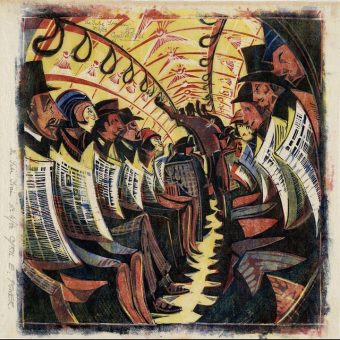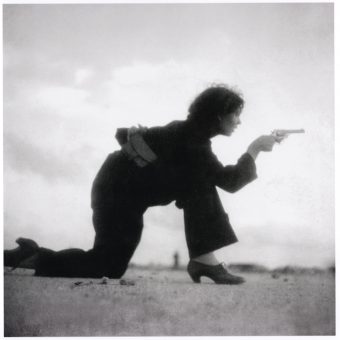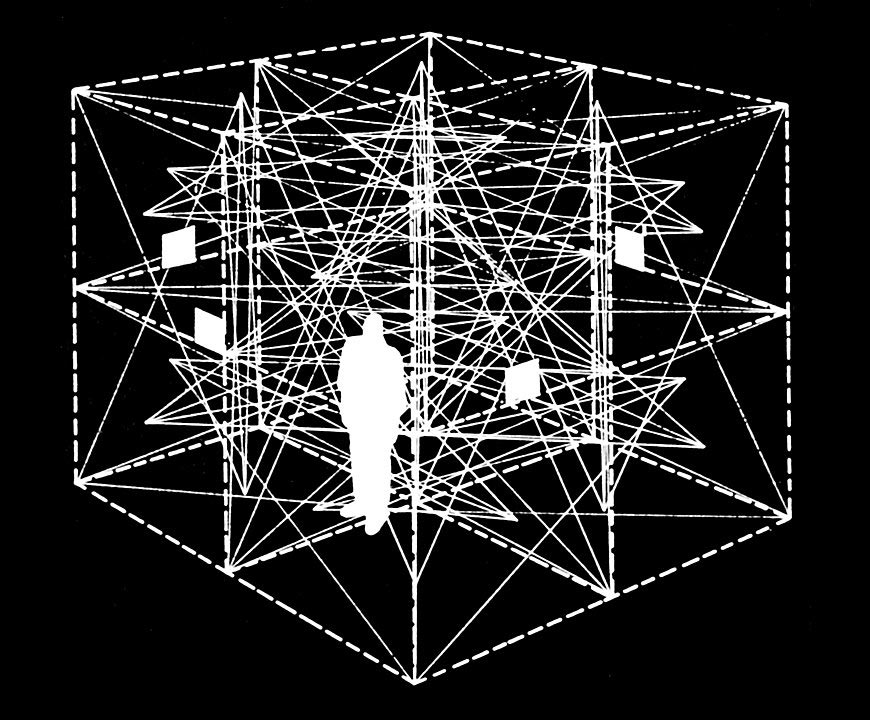
In 1962, experimental designer Ken Isaacs (7 February 1927 – 8 June 2016) made his ‘Knowledge Box’, a total environment for culture and learning. Isaacs’s hand-made, low-cost box was a twelve-foot-square cube of wood, masonite and steel equipped with twenty-four slide projectors and audio-suppliers.
By spreading his designs through mass-instruction instead of mass-production, Isaacs fostered a do-it-yourself approach that empowered consumers through the act of making. Ken’s structures were designed to be built by anyone anywhere.
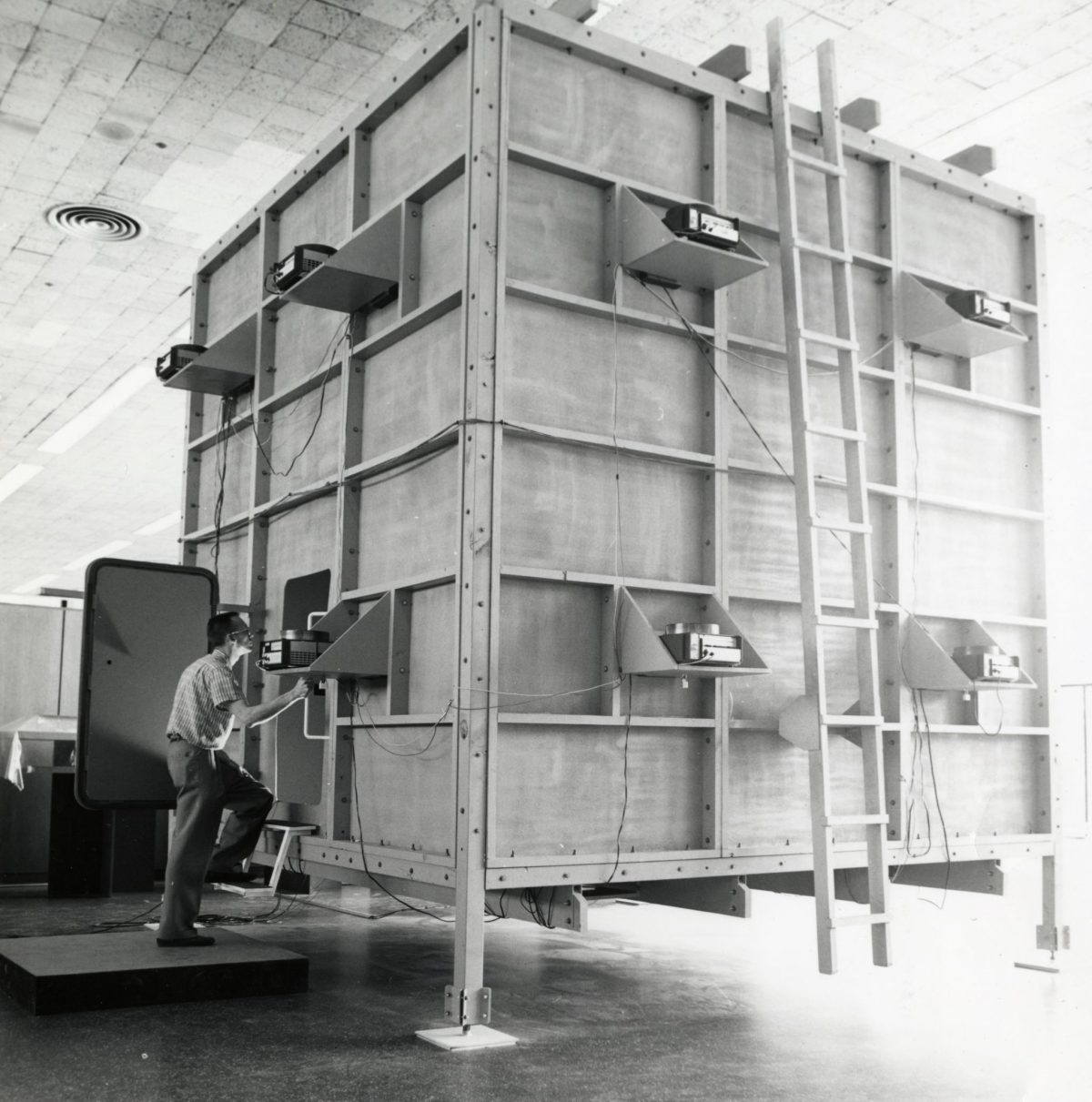
Life Magazine (September 14, 1962) explained what Isaac termed ‘the matrix’:
As the imagination of many men creates a fantastic new world, the danger is that individual man may soon find himself lost in it. He may be expert in his own special field — microbiology, perhaps — but otherwise remains an ignoramus. New teaching techniques and devices are therefore much required in order to cram as much knowledge as possible, as fast as possible, into his swimming brain.
Out of the imagination of one specialist, 32-year-old designer Ken Isaacs of the Illinois Institute of Technology, has come a machine called a “knowledge box” that he hopes will help fill this need. Isaacs, peering from inside his weird cellular contrivance, believes that the traditional classroom environment is as ill-suited for learning as a ball park. Inside the knowledge box, alone and quiet, the student would see a rapid procession of thoughts and ideas projected on walls, ceilings and floor in a panoply of pictures, words and light patterns, leaving the mid to conclude for itself. It is a machine of visual impact that could depict, for example, a history of the Civil War in a single session, or just as easily give a waiting astronaut a lesson in celestial navigation.
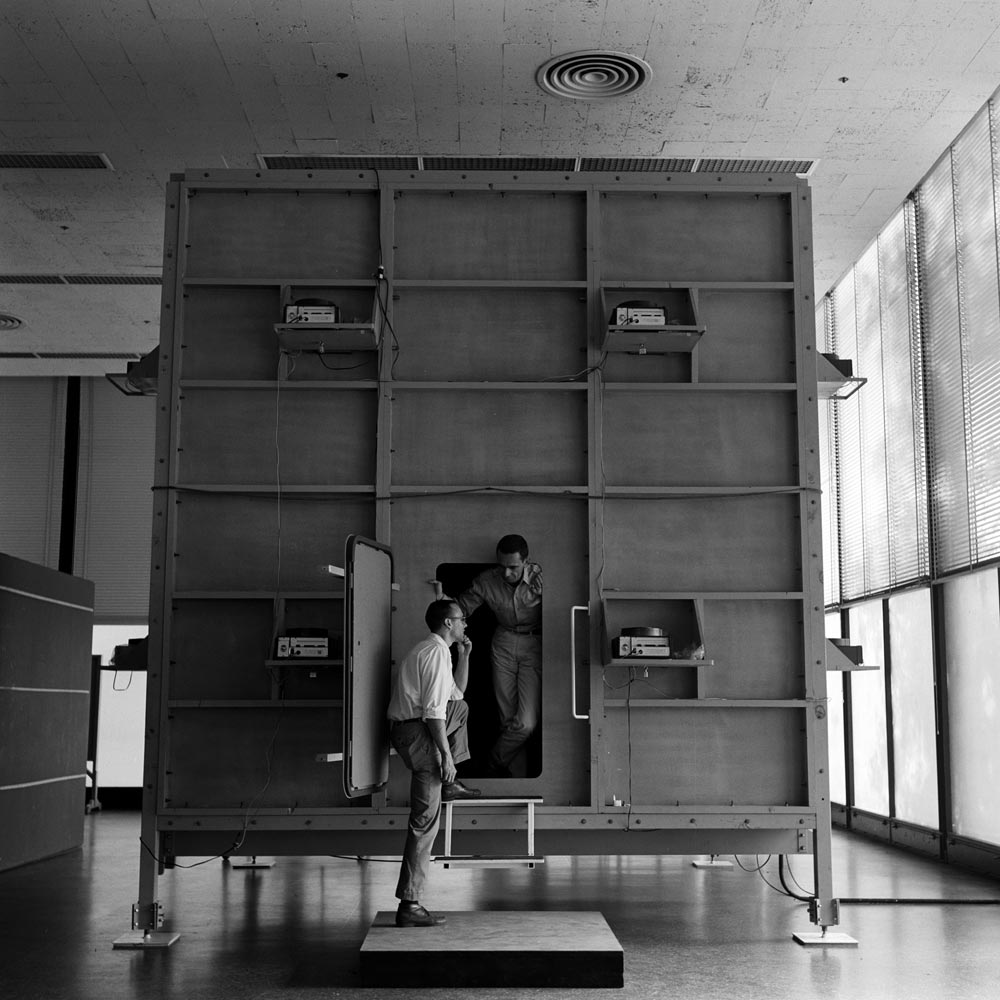
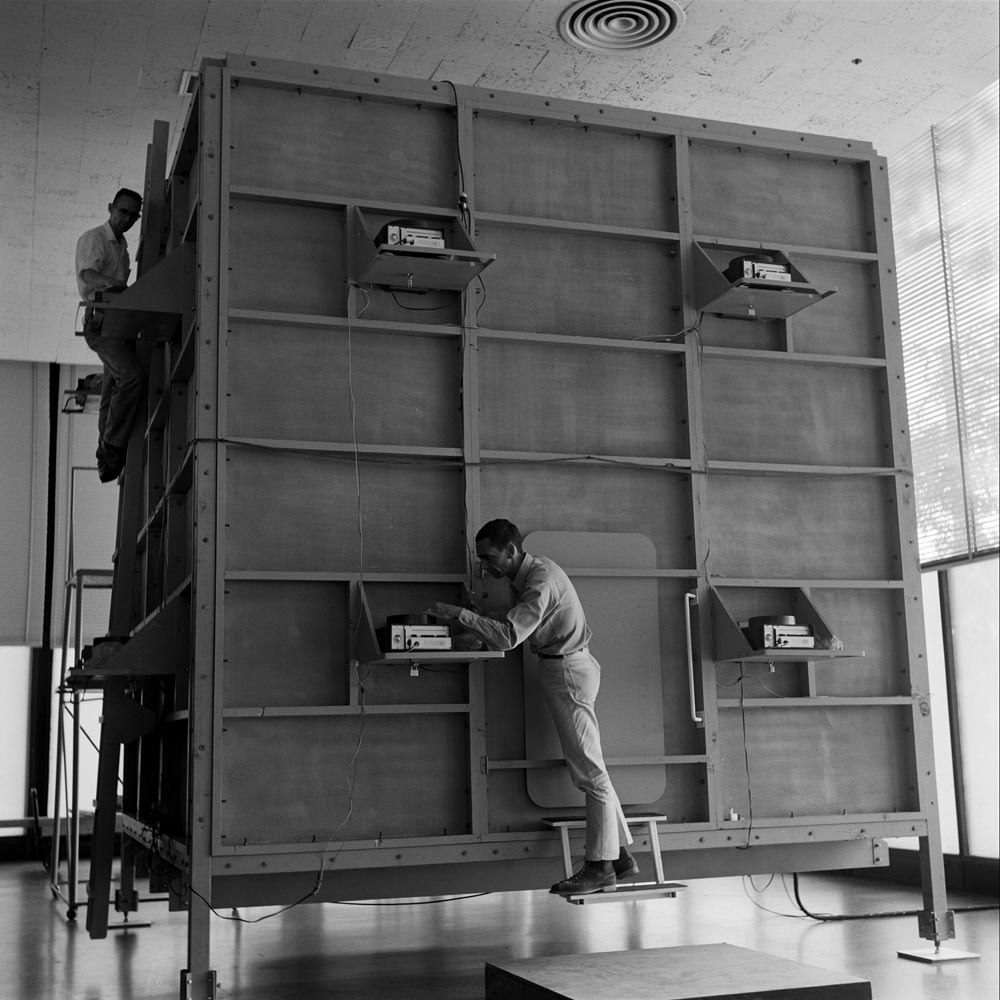
Our aim here, partly, was to create a totally new, totally strange, even seemingly hostile environment. … Here, all alone, a student is placed in an environment completely outside of his normal experience range and is exposed to rapidly presented information in an intense and exciting atmosphere.6
These new environments are fabricated of information, and structured so that the student becomes the agent of synthesis rather than the hitchhiker the lecture system made of him. The amount of information input is increased many times beyond the capability of previous systems, and is made available in terms [that] allow the intellectual leverage which grows from opportunities for juxtaposition. It is by comparing that we learn.
– Ken Isaacs, 2015
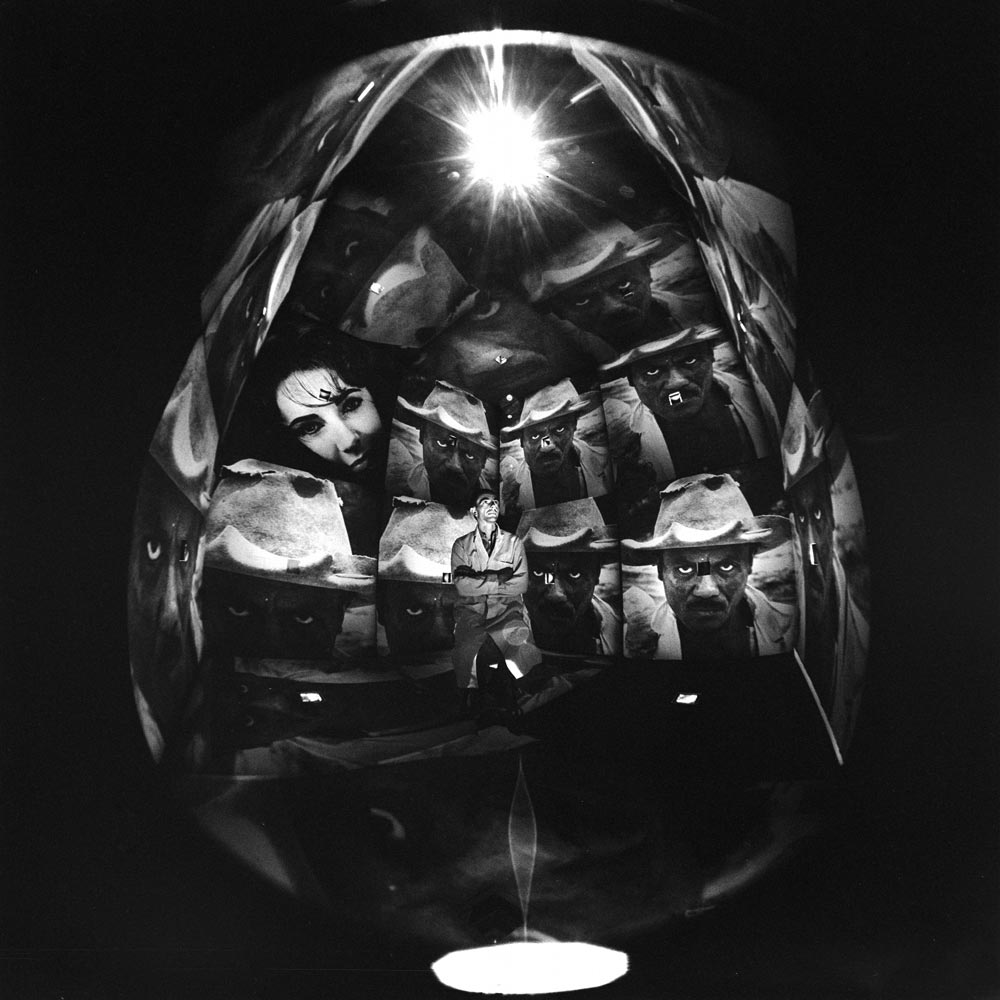
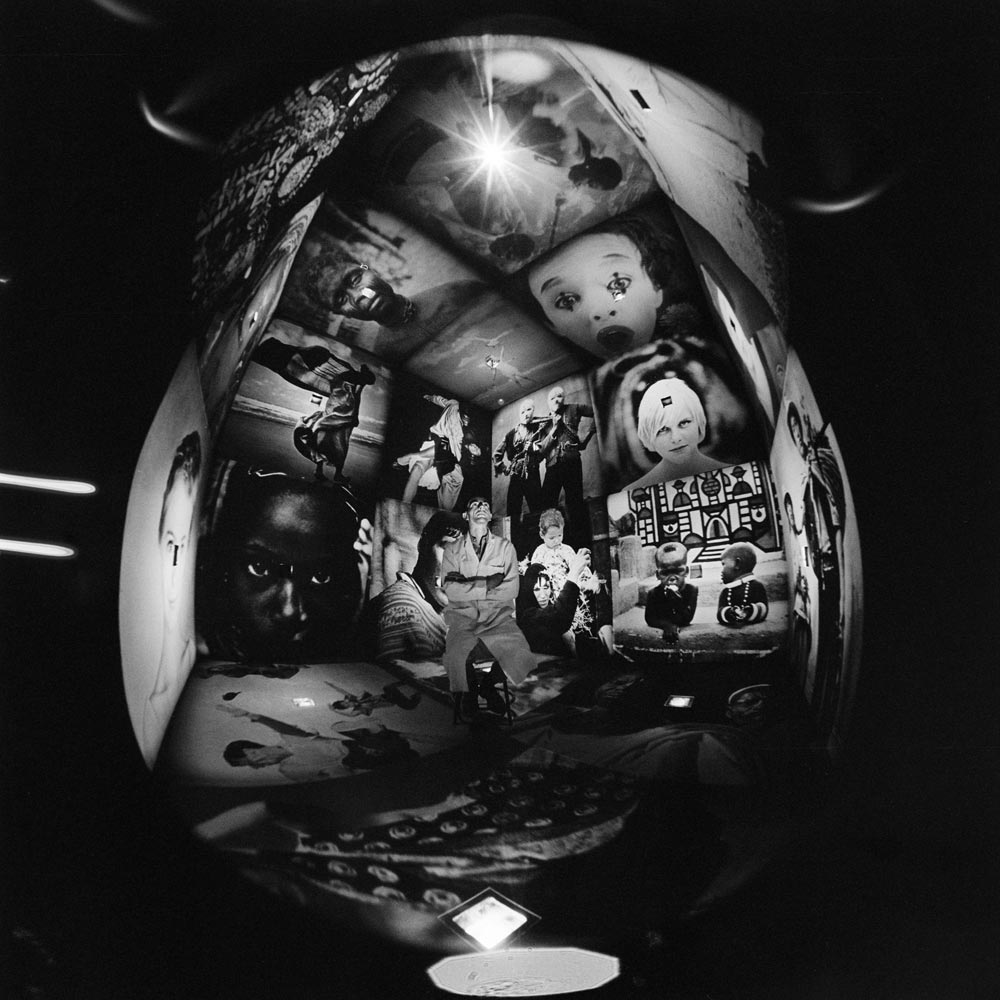
Isaacs described in 1974 how to build modular houses in a book called How to Build Your Own Living Structures. He was head of the Design Department at the Cranbrook Academy of Arts from 1956 to 1958. He maintained a design office and apartment in New York City between 1956 and 1972, often commuting from Bloomfield Hills, Michigan.
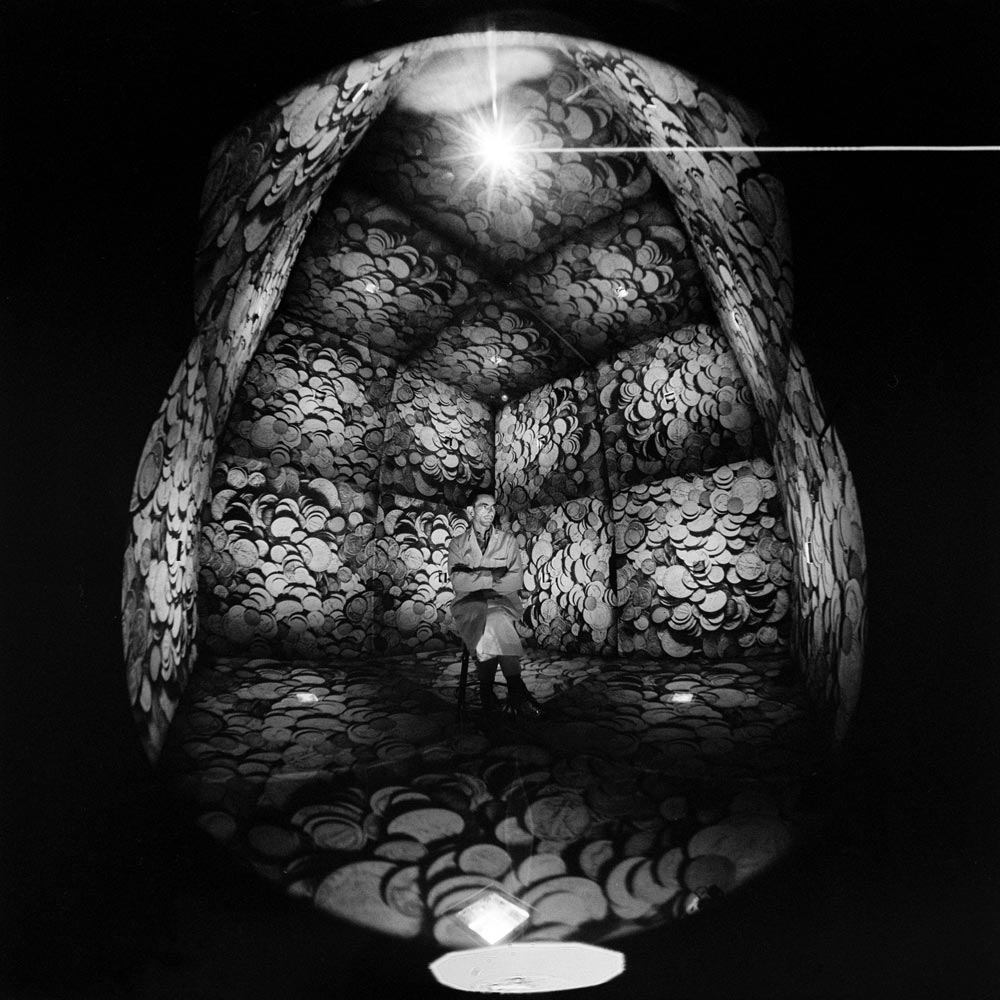
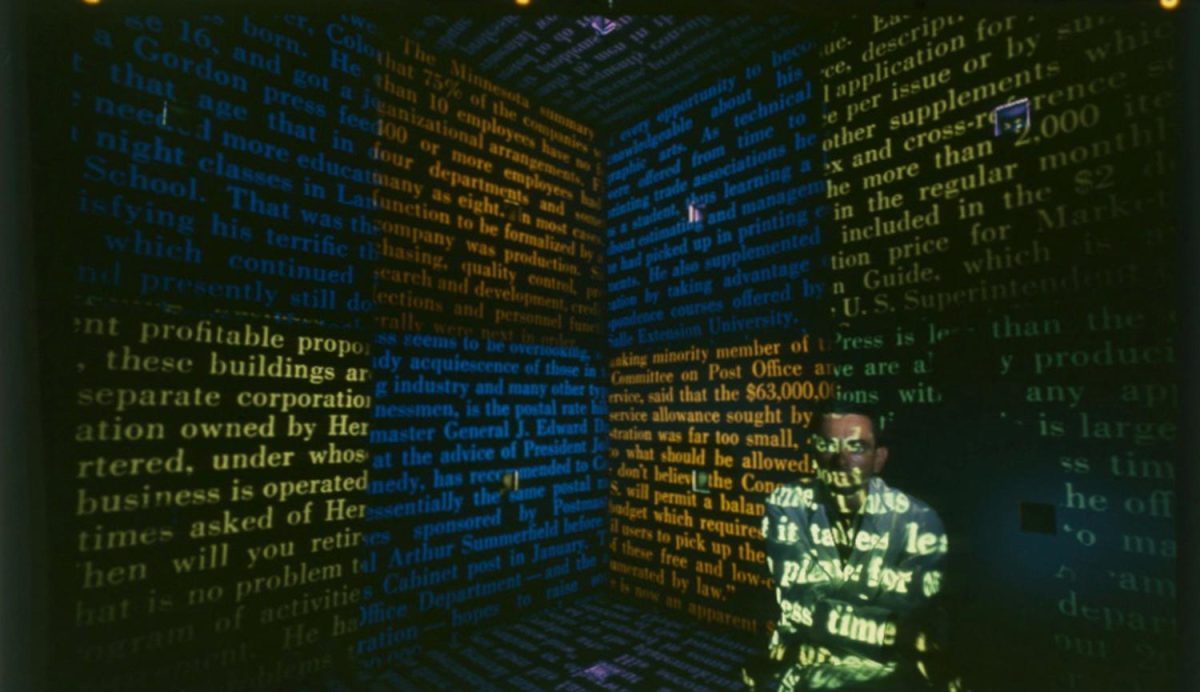
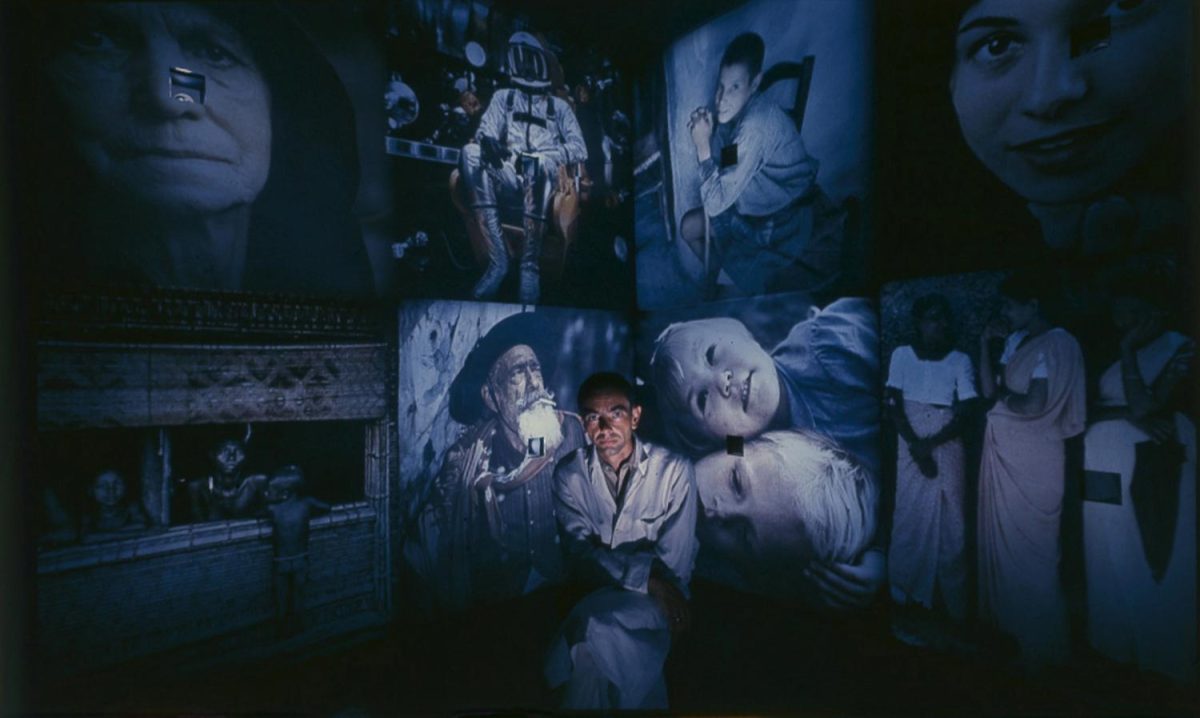
In this video Ken Isaacs spoke with Dwell on the innovative projects that defined his career, from the Shoebox House to the Knowledge Box.
Via: Walker Art, Cranbrook
Would you like to support Flashbak?
Please consider making a donation to our site. We don't want to rely on ads to bring you the best of visual culture. You can also support us by signing up to our Mailing List. And you can also follow us on Facebook, Instagram and Twitter. For great art and culture delivered to your door, visit our shop.




